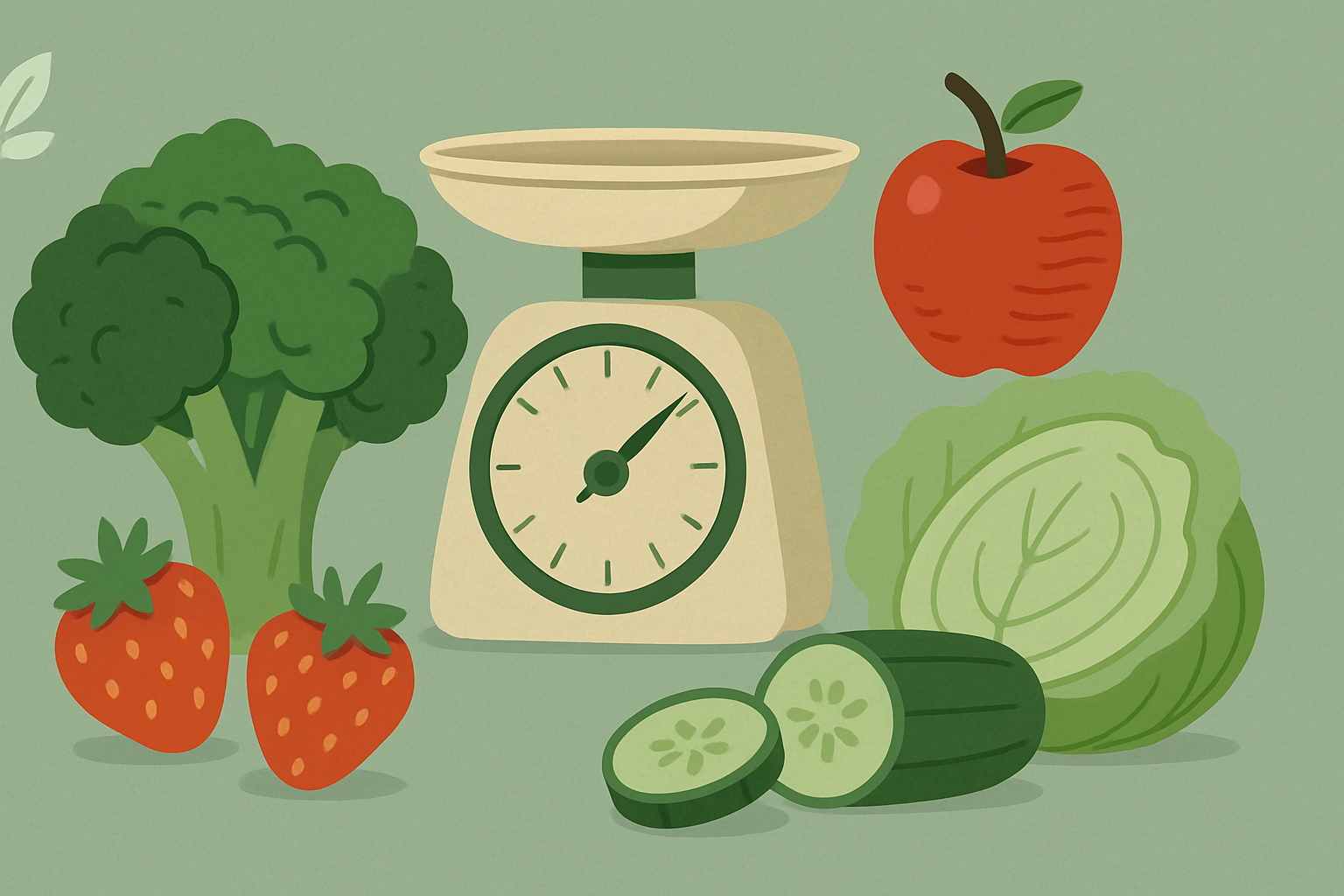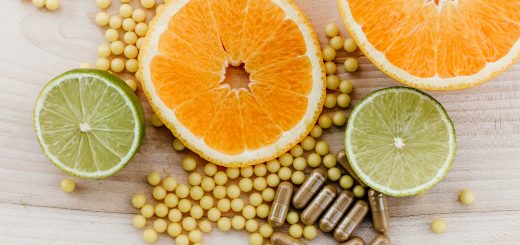Organic vs. Conventional Food in the USA: A Complete Guide to Making Informed Choices
Bottom Line Up Front: Organic fruits and vegetables cost an average of 52.6% more than their conventional produce counterparts, but they offer significantly reduced pesticide exposure and potential health benefits. While conventional foods are safe and meet USDA safety standards, organic foods provide an option for those concerned about synthetic chemicals, environmental impact, and supporting sustainable farming practices.
Understanding the Basics: What Makes Food “Organic”?
The term “organic” isn’t just a marketing buzzword—it’s a legally regulated label with strict federal standards. Products sold, labeled, or represented as organic must have at least 95 percent certified organic content, and the USDA oversees every aspect of this process.
USDA Organic Requirements:
- Land must have had no prohibited substances applied to it for at least 3 years before the harvest of an organic crop
- The use of genetic engineering, ionizing radiation and sewage sludge is prohibited
- Crop pests, weeds, and diseases will be controlled primarily through management practices including physical, mechanical, and biological controls
- For livestock: Producers must feed livestock agricultural feed products that are 100 percent organic
Conventional farming, on the other hand, uses synthetic fertilizers, pesticides, herbicides, and may include genetically modified organisms (GMOs) to maximize yields and control pests.
The Price Reality: What You’re Actually Paying
Let’s address the elephant in the room: cost. American households spent an average of $8,167 on food at home in 2023, and choosing organic can significantly impact your grocery budget.
Current Price Differences (2025 Data):
- Organic fruits and vegetables cost an average of 52.6% more than their conventional produce counterparts
- Biggest price gaps: iceberg lettuce, with consumers paying 179.3% more for the organic version and Brussels sprouts, with a pound of conventional Brussels sprouts costing $2.20 and a pound of organic costing $4.98
- Milk and eggs had the largest relative organic price premiums due to high production costs
Market Growth: The U.S. organic food market, valued at USD 63.07 billion in 2023, is expected to grow at an annual rate of 11.17%, reaching about USD 255.65 billion by 2034, indicating growing consumer demand despite higher costs.
Health Implications: What the Science Says
The health debate around organic vs. conventional food is nuanced, with research showing both similarities and important differences.
Pesticide Exposure:
- The risk for contamination with detectable pesticide residues was lower among organic than conventional produce (risk difference, 30%)
- More than 90% of samples of a dozen fruits and vegetables tested positive for potentially harmful pesticide residues in conventional produce
- Almost 60 percent of samples on the Clean Fifteen had no detectable pesticide residues
Nutritional Content:
- The published literature lacks strong evidence that organic foods are significantly more nutritious than conventional foods
- However, Organic produce is higher in anti-oxidants, anthocyanins, and flavonols, which offer a variety of benefits including heart health and anti-inflammatory effects
- Organic dairy and meat products are higher in omega-3 fatty acids
Long-term Health Outcomes: Research has found some promising associations: Significant positive outcomes were seen in longitudinal studies where increased organic intake was associated with reduced incidence of infertility, birth defects, allergic sensitisation, otitis media, pre-eclampsia, metabolic syndrome, high BMI, and non-Hodgkin lymphoma.
The 2025 Dirty Dozen vs. Clean Fifteen: Your Shopping Strategy
The Environmental Working Group’s annual lists provide practical guidance for prioritizing your organic purchases.
2025 Dirty Dozen (highest pesticide residue):
- Spinach topped the list, with more pesticide residue by weight than any other produce tested
- Strawberries
- Kale (along with mustard greens and collards)
- Grapes
- Peaches
- Cherries
- Nectarines
- Pears
- Apples
- Blackberries (new to the list)
- Blueberries
- Potatoes (new to the list)
2025 Clean Fifteen (lowest pesticide residue):
- Pineapple was the least contaminated produce tested
- Sweet corn (fresh and frozen)
- Avocados
- Papaya
- Onions
Key Finding: More than 95 percent of all the conventionally grown samples of the produce on the Dirty Dozen contained pesticides, while almost 60 percent of samples on the Clean Fifteen had no detectable pesticide residues.
Smart Shopping Strategies
If Budget is Limited:
- Prioritize Dirty Dozen: If budget is limited, buy organic for the most pesticide-contaminated produce (like strawberries, spinach, apples)
- Focus on items your family eats most frequently
- Consider conventional options for Clean Fifteen items
Food Safety Tips:
- Wash Thoroughly: Washing and peeling non-organic produce reduces chemical residue
- All produce, even organic, should be washed before peeling so dirt and bacteria aren’t transferred from a knife onto the fruit or vegetable
- There’s no need to use bleach, soap or a produce wash — fruits and vegetables are porous and can absorb the chemicals
Environmental and Agricultural Impact
Organic Farming Benefits:
- Growing organic preserves pollinator habitats, promotes biodiversity and builds healthy soil
- Organic crops help reduce the amount of toxic chemicals in our bodies because organic agriculture does not permit the use of synthetic chemical pesticides or herbicides
- Conventional farming, while efficient, contributes more to greenhouse gas emissions, water pollution, and biodiversity loss
Production Scale:
- Certified organic cropland acres increased by 79 percent (to 3.6 million acres) from 2011-2021
- Certified operations increased by more than 90 percent (to 17,445 farms) in the same period
Market Trends and Consumer Behavior
Who Buys Organic:
- Regular consumers of organic food are most likely to be female, health-conscious, physically active, and in the higher brackets of education and income than their non-organic consuming counterparts
- Millennials, especially those with children, are the most likely to spend money on organic Food
Shopping Patterns:
- Conventional grocery retailers are the primary outlets for organic food sales, surpassing natural food stores in the mid-2000s
- By 2020, traditional grocery stores, club stores, and supercenters accounted for 56 percent of the share of organic food sold to consumers
Consumer Perceptions:
- About 62% of Americans would choose organic products if they were more affordable
- About 47% agreeing with this idea that organic farming doesn’t use pesticides (which is a misconception—organic farming uses natural pesticides)
Making the Right Choice for Your Family
Consider Organic When:
- You frequently consume items on the Dirty Dozen list
- You have young children (developing nervous systems are more susceptible to pesticides)
- You want to support environmentally sustainable farming
- You can afford the premium without compromising overall nutrition
Conventional is Fine When:
- You’re choosing items from the Clean Fifteen list
- Budget constraints would limit your overall fruit and vegetable consumption
- You prioritize food access over organic certification
The Most Important Factor: A balanced diet rich in fresh fruits, vegetables, and whole grains—organic or not—is the most important step toward better health.
The Regulatory Reality
It’s important to understand that conventional foods aren’t dangerous. Differences in risk for exceeding maximum allowed limits were small between organic and conventional produce, and Organic food and conventional food are both safe for human consumption.
The USDA continuously monitors food safety, and the EPA does regularly check the pesticide levels of produce, and they can take action to remove fruits and vegetables from the market if they have unsafe levels of pesticide residue.
Final Takeaway: The choice between organic and conventional food ultimately comes down to personal priorities, budget, and values. While organic foods offer reduced pesticide exposure and environmental benefits, conventional foods remain safe and nutritious. The most important thing is eating plenty of fruits and vegetables, regardless of how they’re grown. Use the Dirty Dozen and Clean Fifteen lists as guides to maximize the impact of your organic purchases when budget allows, but don’t let perfect be the enemy of good nutrition.












